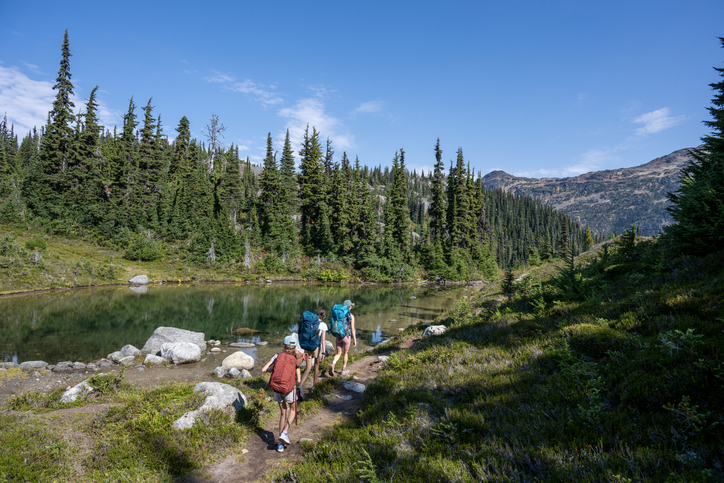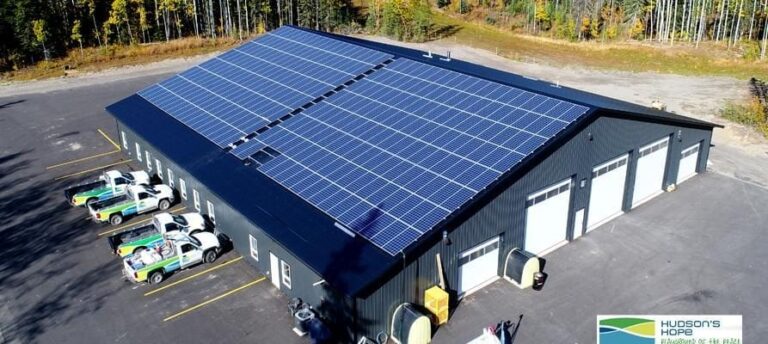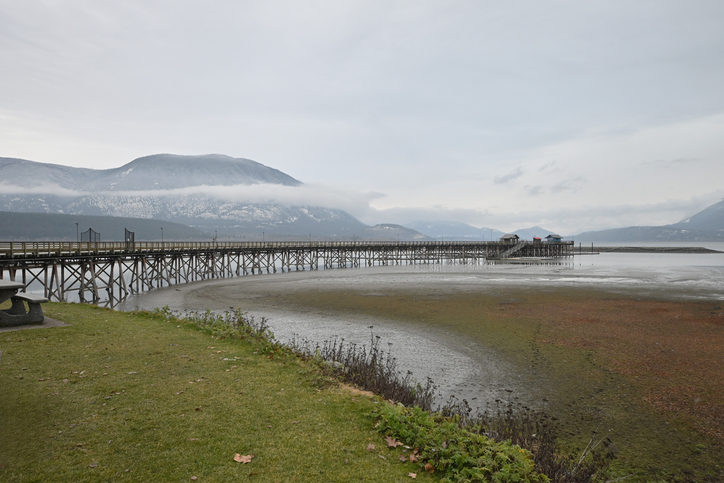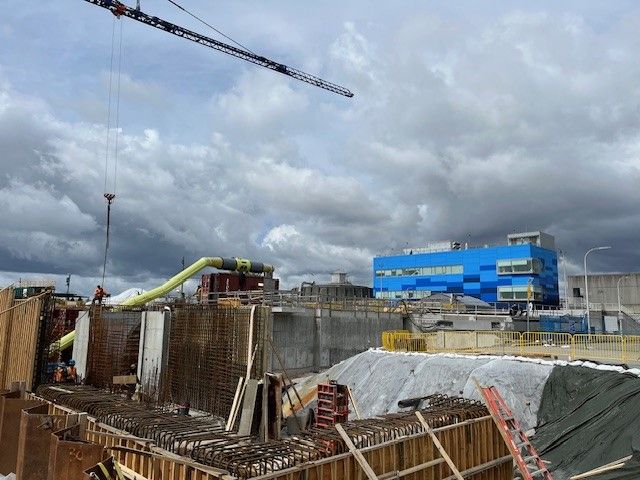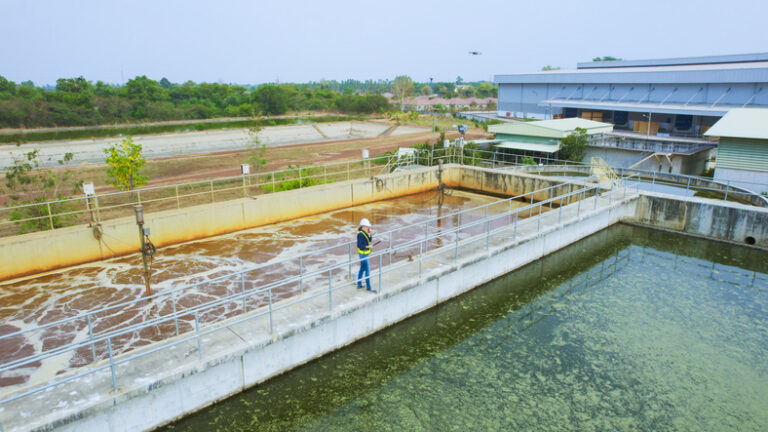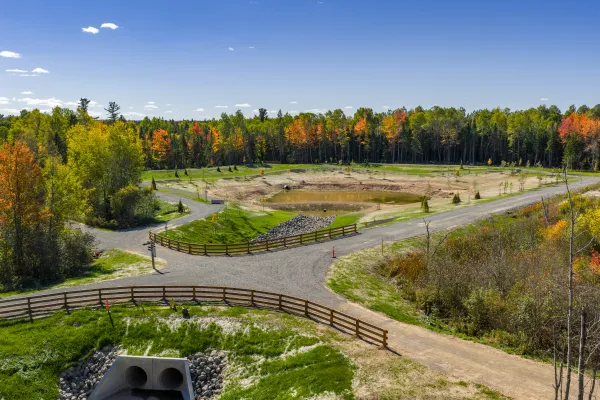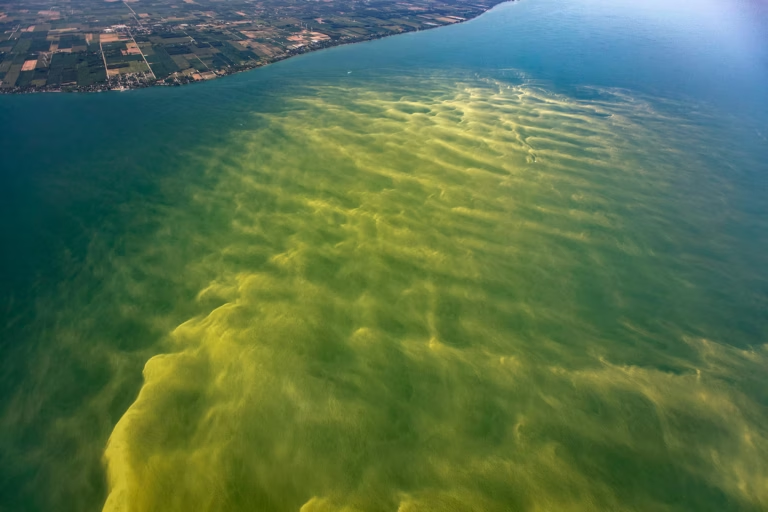To better protect people and communities throughout B.C. from the increasing threat of natural and climate-related emergencies, the Province is providing more than $40 million for 61 projects.
The Province is supporting First Nations and local governments with projects that address natural and climate-driven hazards, such as floods, drought, extreme temperatures, earthquakes and landslides. Approximately $21 million is being provided from the new Disaster Resilience and Innovation Funding (DRIF) program in addition to almost $20 million from the Community Emergency Preparedness Fund (CEPF).
“The frequency of climate-caused events is increasing, and managing and reducing these risks is essential,” said Kelly Greene, Minister of Emergency Management and Climate Readiness. “By supporting communities on these projects, we are helping to better protect these communities and the people who call them home. Our new DRIF program provides reliable, long-term funding so communities can better plan for and address their most pressing disaster-mitigation needs.”
The City of Pitt Meadows is receiving more than $3.6 million from the DRIF program to upgrade components of the Kennedy Drainage Pump Station to counter threats, such as flood and sea-level rise, drought and water scarcity. The project, in consultation with the q̓ic̓əy̓ (Katzie) First Nation, includes installing higher-capacity pumps and new debris screens. These upgrades will also ensure that fish can travel from the Katzie Slough into the Pitt River during high-water periods.
“Thank you to the Province for this meaningful investment and partnership in advancing climate-action initiatives, including flood-mitigation efforts,” said Nicole MacDonald, mayor of Pitt Meadows. “This funding will make a real difference for the long-term resilience of our city. Not only will we be able to replace aging infrastructure with higher-capacity, modern pumps, but we will be incorporating fish-friendly features that reflect our community’s environmental values.”
Other key projects include:
- A remediation project for the Bouffioux Coulee in Fort St. John will improve the coulee’s berm to protect homes, the sewer outfall pipeline and the River Drive embankment along the Peace River.
- Seismic planning for the City of Burnaby will improve infrastructure to limit potential damage during earthquakes.
- Creating an urban forest for the Nazko First Nation will provide relief during extreme-heat events. The project will also improve flood resilience by increasing soil stability as the trees’ roots mature.
“Nazko First Nation is extremely pleased to have the opportunity to establish an urban forest,” said Nazko First Nation Chief Leah Stump. “This project will not only mitigate the impacts of climate change and extreme heat, but will also provide additional benefits such as biodiversity, flood mitigation, soil conservation and beautification.”
Since 2017, government funding programs have provided more than $540 million for approximately 2,660 disaster-preparedness and mitigation projects.

